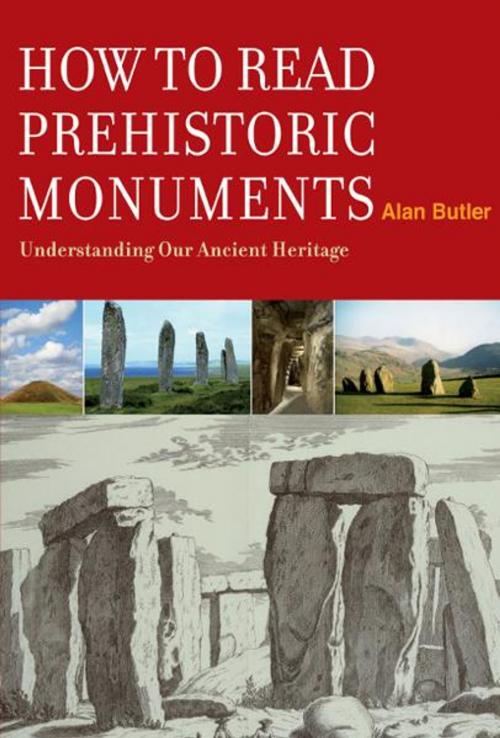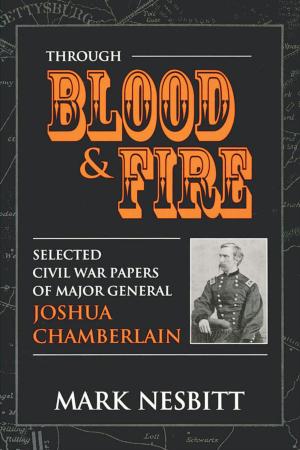| Author: | Alan Butler | ISBN: | 9781780283302 |
| Publisher: | Duncan Baird Publishers Limited | Publication: | December 21, 2011 |
| Imprint: | Watkins Publishing | Language: | English |
| Author: | Alan Butler |
| ISBN: | 9781780283302 |
| Publisher: | Duncan Baird Publishers Limited |
| Publication: | December 21, 2011 |
| Imprint: | Watkins Publishing |
| Language: | English |
I want to imbue the reader with the same sense of awe and wonder that overtakes me when I stand and look at something that was created on our own soil maybe 5,000 years ago I want to bring history alive in peoples minds and make it as fascinating for them as it is for me. Alan Butler How to Read Prehistoric Monuments offers the best possible insight into the massive range of earthworks, henges and standing stones whose founding predates written history. Describing what monuments you can find in the British Isles and where specifically they can be found, the book explains as much as is known about the structures and why they were created as well as offering readers additional information about specific sites which are either especially interesting or especially spectacular. The main body of the book comprises of an AZ section which details all the prehistoric site types in the British Isles and explains what they are for example, Long Barrows, Standing Stones and Fugues. The book offers examples of where some of the structures in question can be found, with longitudes and latitudes so that the sites can be found either on a map or on a search engine like Google Earth. The book includes profiles of a number of the sites which have particular interest to the tourist and amateur historian.
I want to imbue the reader with the same sense of awe and wonder that overtakes me when I stand and look at something that was created on our own soil maybe 5,000 years ago I want to bring history alive in peoples minds and make it as fascinating for them as it is for me. Alan Butler How to Read Prehistoric Monuments offers the best possible insight into the massive range of earthworks, henges and standing stones whose founding predates written history. Describing what monuments you can find in the British Isles and where specifically they can be found, the book explains as much as is known about the structures and why they were created as well as offering readers additional information about specific sites which are either especially interesting or especially spectacular. The main body of the book comprises of an AZ section which details all the prehistoric site types in the British Isles and explains what they are for example, Long Barrows, Standing Stones and Fugues. The book offers examples of where some of the structures in question can be found, with longitudes and latitudes so that the sites can be found either on a map or on a search engine like Google Earth. The book includes profiles of a number of the sites which have particular interest to the tourist and amateur historian.















